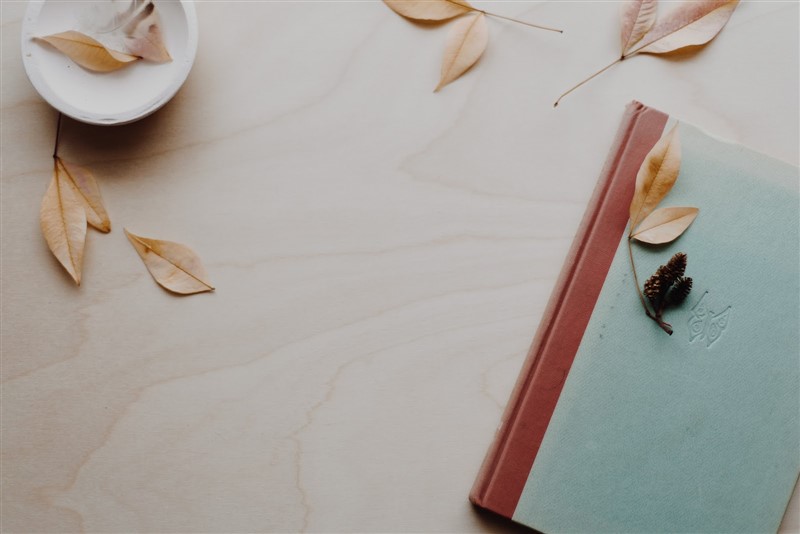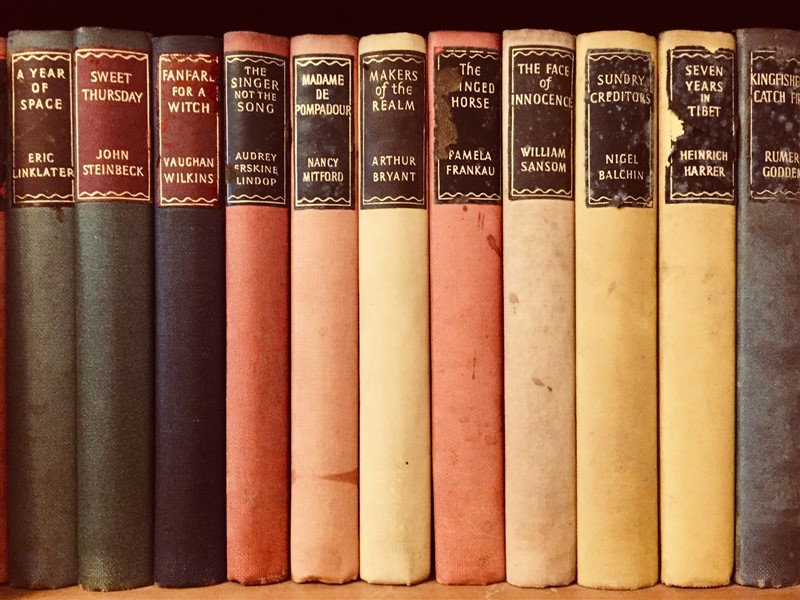Mold is the correct spelling for American English. If you live outside of the United States, the correct spelling is typically mould.
-
 Alanna Madden
Alanna Madden
-
 April 20, 2021
April 20, 2021
-
 Grammar Tips
Grammar Tips
 April 20, 2021
April 20, 2021
 Grammar Tips
Grammar Tips
Mold is the correct spelling for American English. If you live outside of the United States, the correct spelling is typically mould.
You know the dark, filmy material that grows in damp spaces? That, my friend, is called mold. But if you live in England or Australia, there’s a good chance it’s spelled mould instead. So, what’s the difference?
There is none. Mold and mould are simply different spellings for the same word. “Mold” is more common for American English, while British English speakers prefer “mould.”
The word mold (also spelled mould) is a noun and verb with three general associations: form, fungi, and soil. All verb forms associated with the infinitive ‘to mold’ include:

The noun mold often references a frame, template, structure, or prototype. For instance, a mold might be a hollow container that accepts liquid materials to form a solid when cooled (such as metal, plastics, baked goods, and gelatin).
Likewise, a mold can be a certain type of style, character, or manner. In this case, the noun is similar to words like disposition, nature, and temperament.
Sentence examples:
The verb mold references the act of using a mold (noun). For instance, we can physically mold a malleable substance into a particular shape or figuratively mold someone through influence. In any case, when something can be molded, the correct term to use is moldable (adjective).
Sentence examples:
Speaking of molds, there’s also the noun molding (not to be confused with the present participle of the verb mold). In this case, molding is an object created by molding (forming) something or, in some contexts, a decorative surface.
Sentence example:
(n.): Blueprint, brand, build, cast, container, die, form, frame, matrix, model, shape, type.
(v.): Construct, create, configure, design, fashion, forge, form, frame, make, shape, sculpt, throw.
The noun mold or mould also references the fuzzy fungal growth that occurs in warm, damp environments.
Sentence examples:
If something is in the process of decaying and developing fungal growth, it is “moldy” (adjective) or “molding” (present participle of the intransitive verb mold).
Sentence examples:
(n.): Fungus, growth, mildew, must, mouldiness, mustiness, spoilage.
(v.): Break down, corrupt, curdle, decay, decompose, fester, molder, putrefy, rot, sour, spoil.
(v.): Keep, ripen.
Last but not least, English uses the noun mold or mould to reference loose garden soil from organic matter (i.e., leaf mold or leaf mold in the United Kingdom).
Sentence examples:
(n.): Clod, dirt, earth, ground, humus, loam, soil.
If someone “breaks the mold” or “mould,” it means they’ve ended a rigid pattern and replaced it with something radically different.
Sentence examples:

According to Glynnis Chantrell in The Oxford Dictionary of Word Histories, the earliest use of English mold involves the sense of soil or leaf mold. Initially spelled molde, the Old English noun stems from a Proto-Germanic base to mean ‘pulverize or grind,’ and shares connections to Old High German molta (‘soil’) and the Latin verb molere (‘to grind’) (334).
The Old English use of molde to describe “the earth of the grave” is a result of Christian influence, but that’s not the only way religion fashioned the noun. As noted by Merriam-Webster’s Dictionary, archaic uses of mold reference “earth that is the substance of the human body.”
Merriam-Webster lists a historical example from William Shakespeare’s play Henry V (c. 1599): “Be merciful, great Duke, to men of mould.” Shakespeare’s unique use of mould derives from 14th century English in reference to the Christian Bible, where several Earthly substances are connected to the creation of the human body (a more knowledgeable explanation can be read here).
The use of mold for forms and decay appeared in Middle English, where ‘to mould’ (to form) derived from Old French modle via Latin modulus (measure). ‘To mould,’ as in ‘to decay,‘ is likely a derivative of Scandinavian moul or Old Norse mygla, both meaning ‘to grow mouldy’ (334).
According to the Online Etymology Dictionary, our secondary sense of mold initially referenced a person’s “fashion,” “nature,” and “character,” where Latin modulus taps the meaning of ‘measure’ and ‘model’ to describe one’s ‘manner.’ By the 14th century, English speakers used the noun and verb to describe cast ironing, where the term was later adopted for kitchen tools in the 16th century.
Whenever there’s a difference between “American English” and “British English,” writers are quick to ask whether a spelling only applies to England or if the British variant also applies to Australian, South African, and Canadian English.
The term “British English” assumes English typical of all the British Empire’s current and former territories (now known as the Commonwealth of Nations or British Commonwealth).
Australia, Australia, New Zealand, Canada, and South Africa are five of 54 sovereign states of the British Commonwealth. Therefore, any native English speaker from these former colonies is more likely to use British spellings over American ones.
Since Canada and the United States are neighbors, there are gray areas between American and Canadian English. But when it comes to mold versus mould, “mould” is the Canadian Oxford Dictionary‘s primary spelling.
In summary, it’s fair to assume that “mold” is always the correct English spelling if you’re writing for an American audience. For audiences outside of the United States, they are more likely to recognize “mould” as the most correct form.
If you’re interested in learning more about British vs. American English, The Word Counter has you covered. Check out our lessons on topics like:
Test how well you understand the difference between mold and mould with the following multiple-choice questions.
Answers